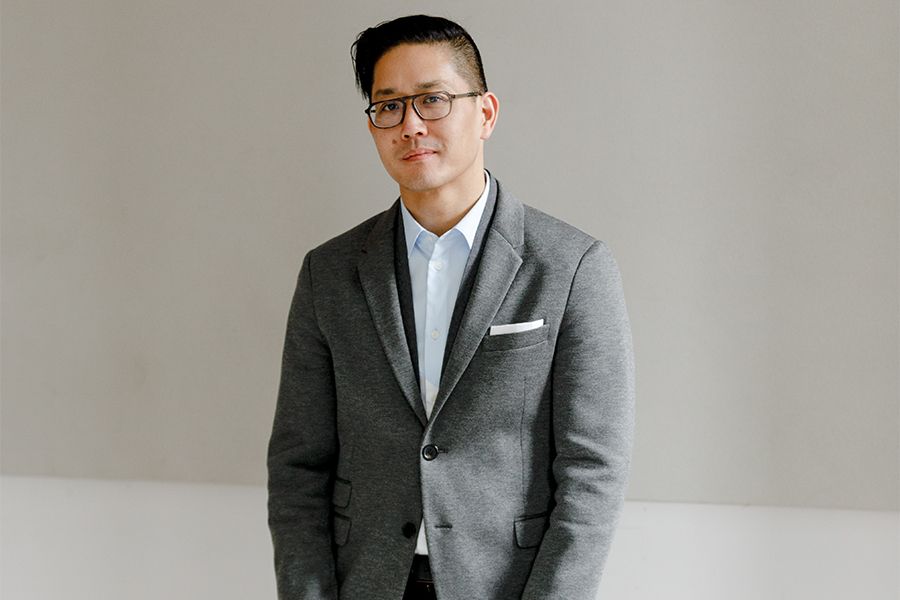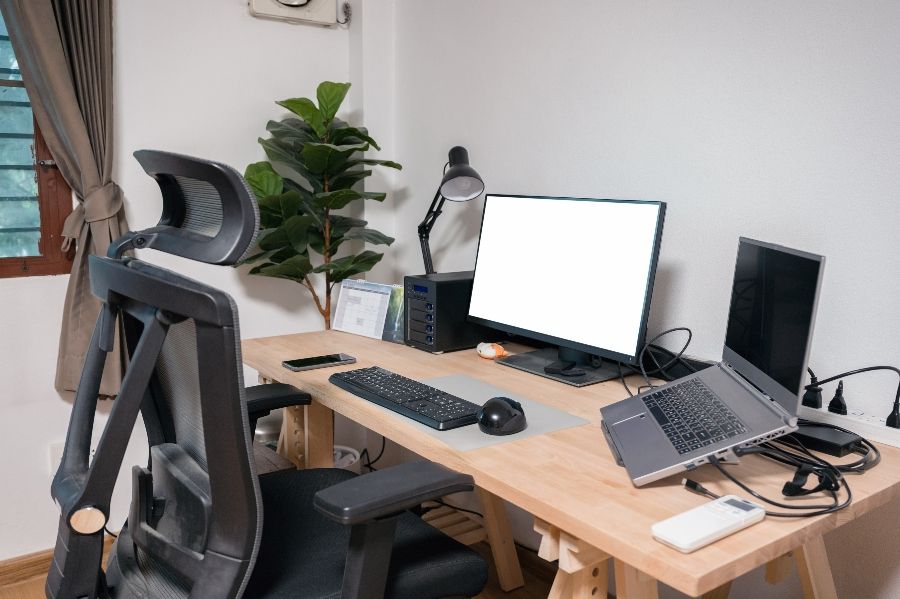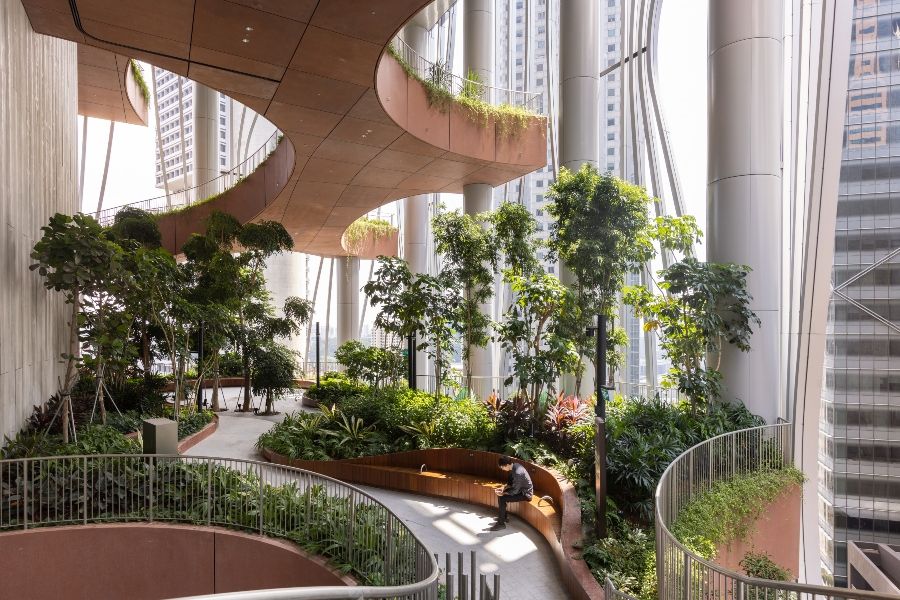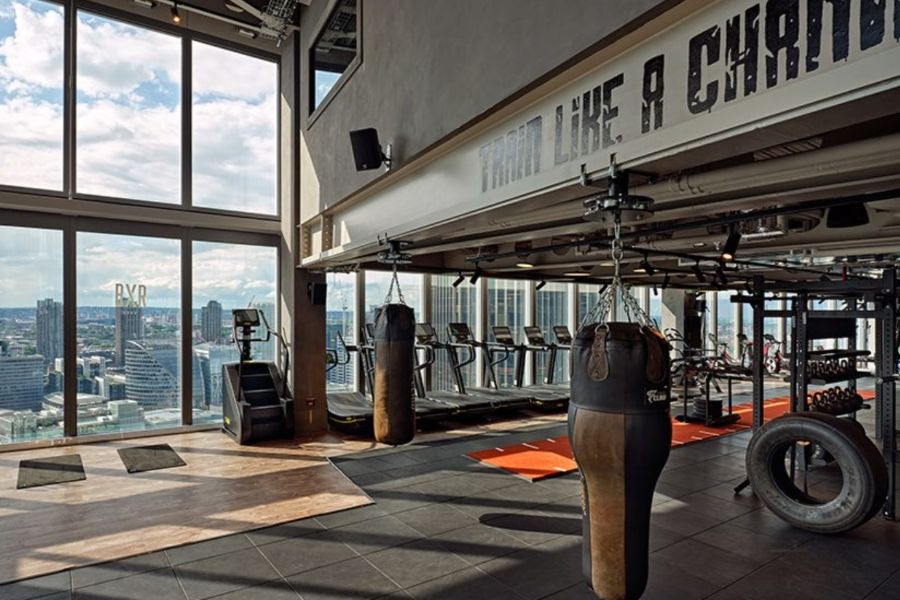For Michael K. Chen, the formation of his namesake architecture firm in late 2011 was based around the exploration of two ideas: the future of urban infrastructure and how communities work together. It was this that became the driver for much of the firm’s more rewarding work, such as the Children Library at Concourse House in the Bronx in 2018, which serves single mothers transitioning out of homelessness.
Since then, MKCA has been committed to similar types of work, something the pandemic only accelerated. And it all began with Chen gathering his industry colleagues and friends for weekly video calls for stories and advice.

The Children’s Library at Concourse House in the Bronx, New York, a pro bono project for Chen, features an illuminated shelving unit as its central attraction.
“Design studios tend to hold their situation and resources a little close to the chest. It’s the nature of healthy competition,” he says. But with 20 to 30 people from different small firms all opening during a tumultuous time for many, Chen was inspired to build something more concrete.
Uniting for the Future
Enter Design Advocates, an organization dedicated to leveraging design assets and capabilities through collaborative pro bono work and advocacy. “COVID is architectural in a way,” he points out. “It concerns our ability to be indoors and be with each other, or not to be with each other.”
From there, five firms expanded to 250 companies and volunteers spanning 150 projects. These range from circulation plans for restaurants and schools, outdoor plumbing and seating plans for performing arts institutions throughout New York, and an art gallery in Williamsburg, Brooklyn specifically highlighting the work of artists with disabilities. Recent projects, such as an outdoor learning environment for the Healthy Hearts Institute, have only expanded the organization’s reach.

A Carnegie Hill apartment in Manhattan features a formal entrance gallery clad in cerused oak.
Now, Design Advocates is focusing on the Open Streets outdoor dining program, which closes select streets to traffic and has even taken to designing custom roadblocks to replace NYPD barricades. “For the last hundred years, advocates have been pushing for the street to be for something other than cars and parking,” Chen says. “We’ve all latched onto this once-in-a-generation opportunity to reimagine the street and greatly improve it. [We are] trying to make sure designers have a seat at the table.”
One lesson the organization has had to learn, however, is how to approach the community. “We can’t just waltz into a disadvantaged community and say ‘We’re experts, we’re here to do things for you,’” Chen explains.
For example, the team identified eight blocks in Elmhurst, Queens—chosen partially for their social benefit, like proximity to public schools. Chen worked with the community board to get them involved so they didn’t feel as if the program was “imposed upon them without consultation or feedback,” he says. “[We’re trying to build] community buy-in and pair that with the technical expertise we’re able to bring. Those two things together become the basis for advocacy with city agencies.”
Another version of this article previously appeared on Hospitality Design.















